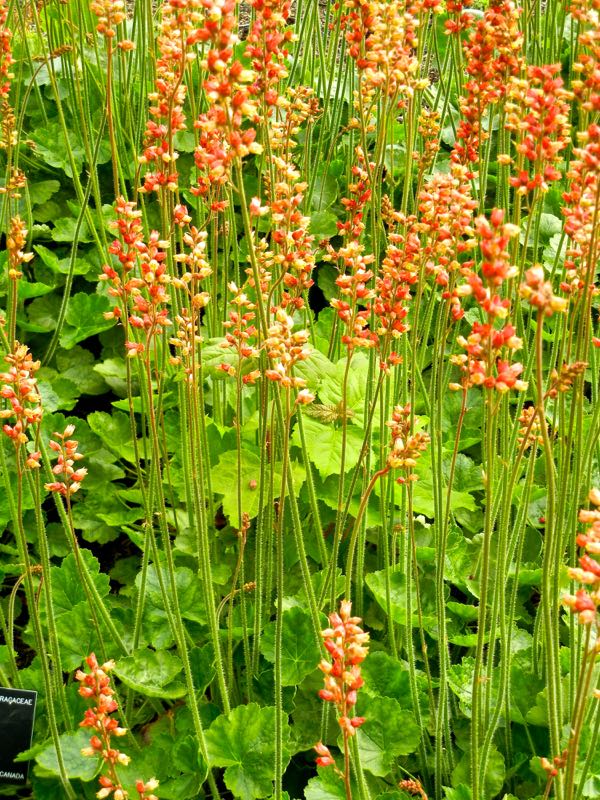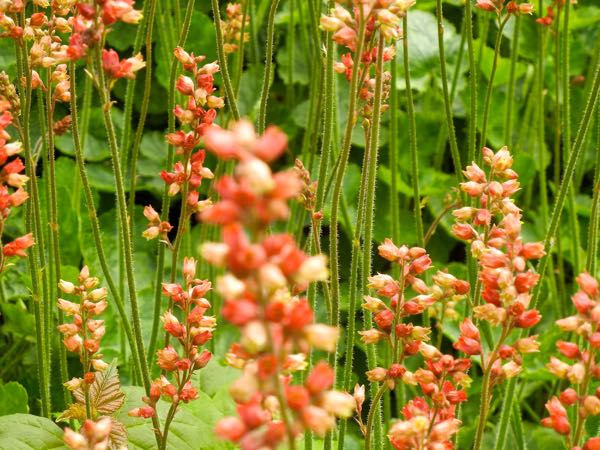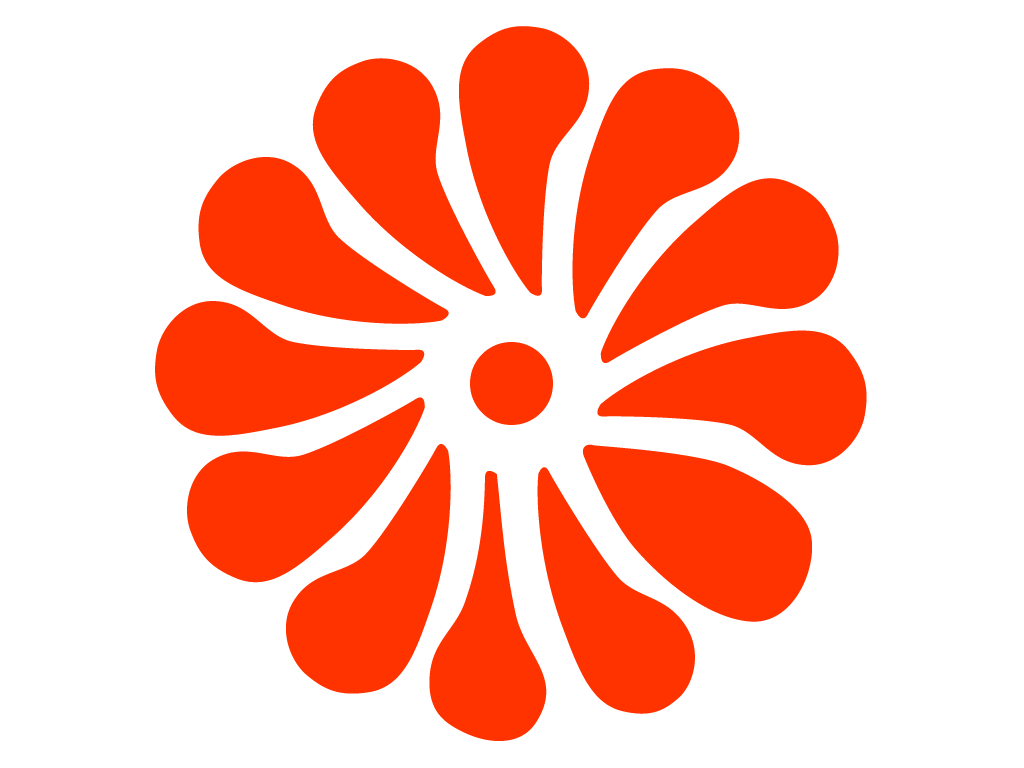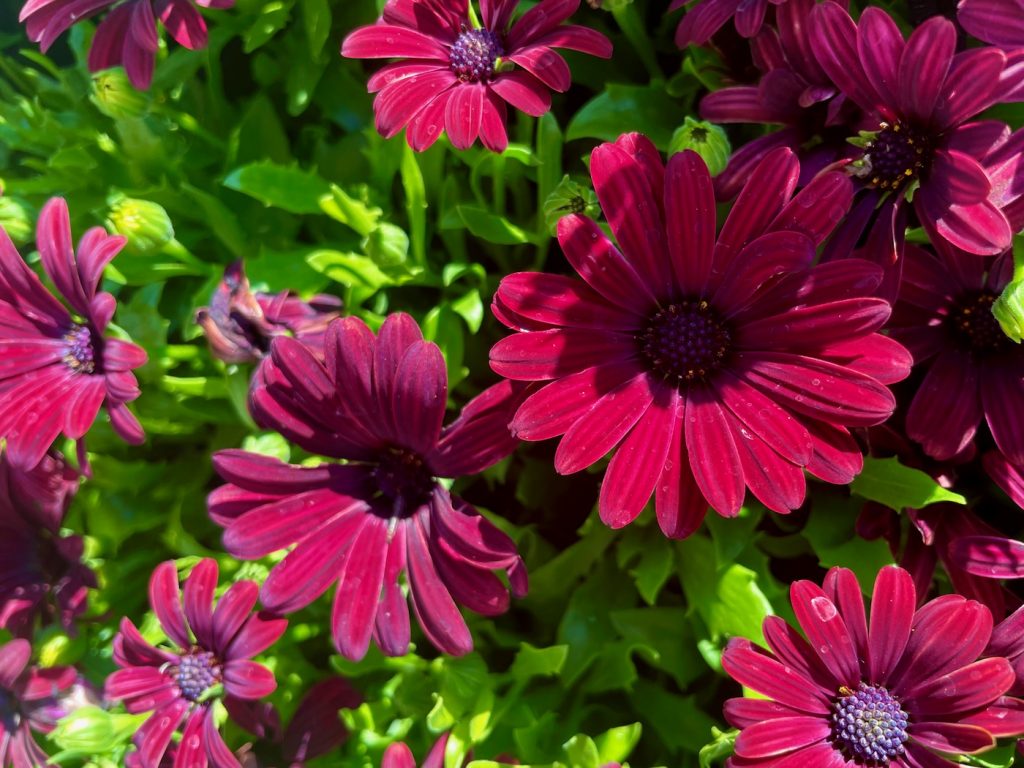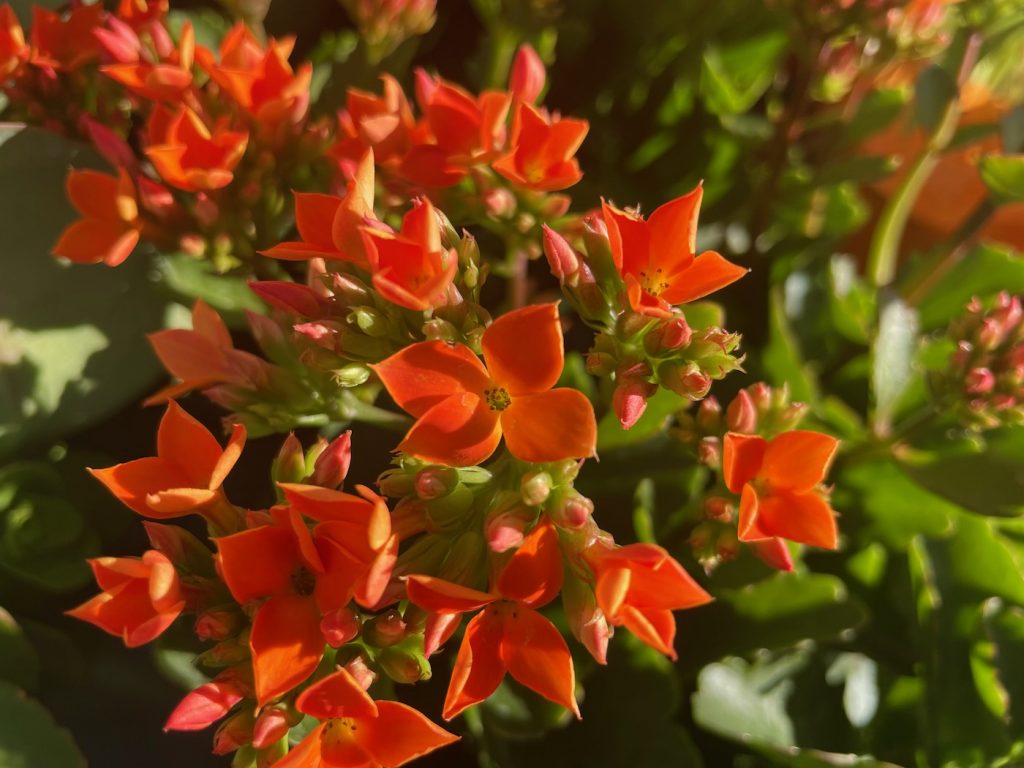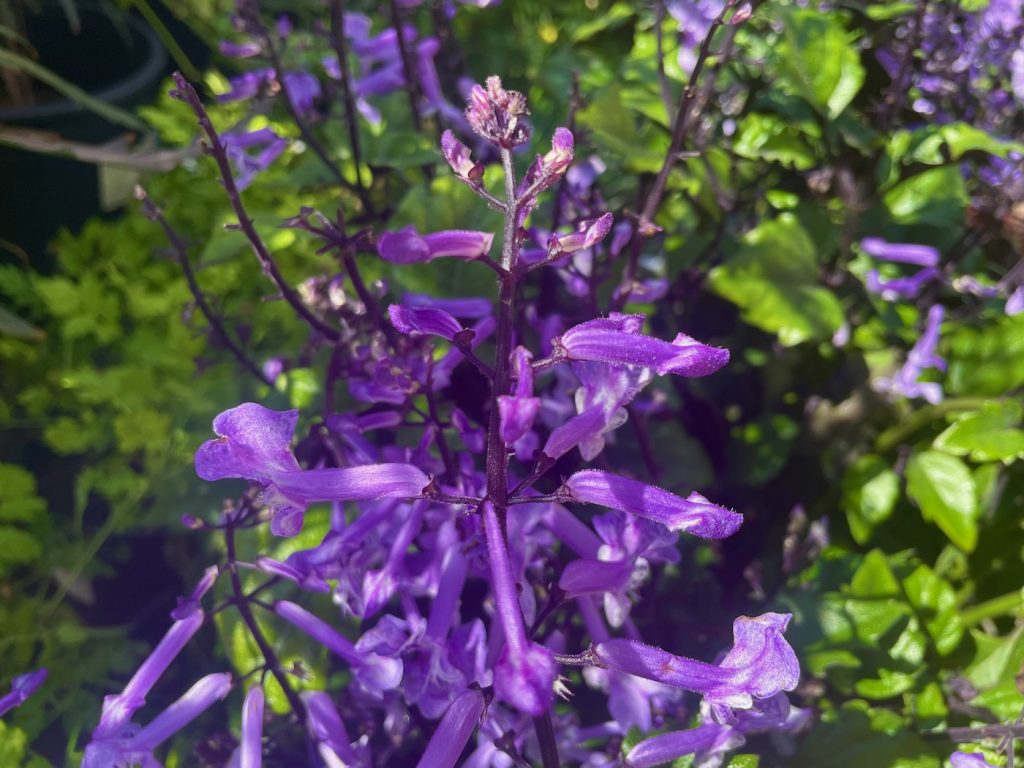Heuchera cylindrica: A Resilient Perennial with Striking Spikes of Yellow Flowers
Heuchera cylindrica, also known as Poker Coral Bells, Poker Allumroot, Roundleaf Alumroot, or Coral Bells, belongs to the Saxifragaceae family of plants. This herbaceous perennial showcases its adaptability to extreme temperatures and dry winds, making it a resilient choice for gardens and landscapes. With its lobed or toothed foliage and eye-catching yellow flowers, Heuchera cylindrica adds charm and color to any outdoor space. Let’s explore the characteristics and cultivation requirements of this remarkable plant.
Discovery and Name Origins:
Heuchera cylindrica was named after Johan Heinrich von Heucher (1677-1747), a notable German botanist known for his contributions to the field of botanical sciences. His passion for plants and botanical exploration led to the identification and recognition of several plant species, including Heuchera cylindrica. It is native to North America, the Western United States, and British Columbia.
Characteristics:
Heuchera cylindrica displays lobed or toothed foliage that typically takes on a rounded shape. The leaves provide an attractive backdrop to the plant’s striking flowers. During the summer, erect leafless spikes emerge, reaching heights of up to 35 inches or 85 centimeters. These spikes bear clusters of vibrant yellow flowers, adding a burst of color to the landscape.
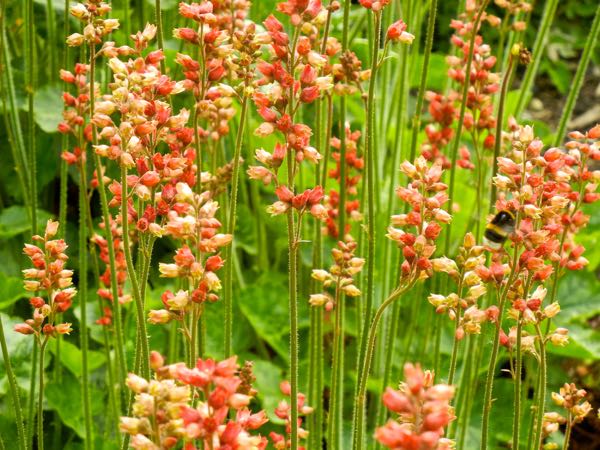
How to grow Heuchera cylindrica:
To successfully cultivate Heuchera cylindrica, consider the following guidelines:
Light and Soil Requirements: Plant Heuchera cylindrica in a location that receives ample sunlight or partial shade. It thrives in organically rich, humus-rich soil that is moist yet well-drained. While it can tolerate some dryness, it’s important to avoid allowing the soil to become overly soggy. In its native rocky habitats, it often performs best in full sun.
Watering and Fertilizing: Regular watering is essential to keep the soil consistently moist, but avoid overwatering to prevent waterlogging. Applying a layer of organic mulch around the base of the plant can help retain moisture and regulate soil temperature. Fertilize the plant with a balanced slow-release fertilizer in spring to promote healthy growth and blooming.
Pest and Disease Management: Heuchera cylindrica is generally disease-free and pest-resistant. However, in cold climates, frost heaving of the roots may occur, so providing mulch around the base of the plant can offer protection. Watch out for potential issues such as heuchera rust, bud eelworm, or vine weevils. Regular monitoring and prompt treatment can help maintain the plant’s health.
By following these cultivation practices, you can enjoy the beauty and resilience of Heuchera cylindrica in your garden. Its striking spikes of yellow flowers and ability to thrive in challenging conditions make it a valuable addition to any landscape.
